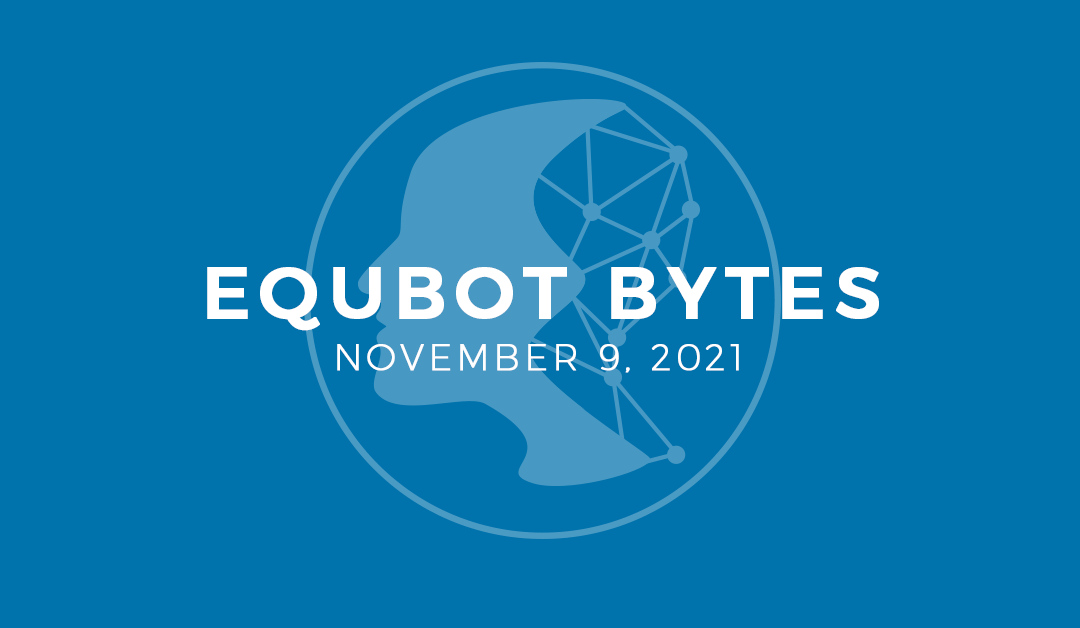The US Federal Reserve announcement that it will reduce the pace of its bond-buying program was a key source of data driving projections for global fixed income (BNDX, LQD, TLT, and TIP). Trading signals showed reduced demand for shorter duration corporate and agency bonds in favor of longer-term US Government bonds. Aggregate unstructured data and consumer economic data continues to push inflation indicators higher as we saw TIP 1-month forecasted returns increase week over week from -.25% to roughly flat (0%).
Gold (GLD) expected returns for the 1-month period have continued to increase to 5.25% on signals related to retail demand and additional investment purchases. Retail demand for gold from holiday buying forecasts and trading volumes were the highest structured data sources pushing gold projections higher. Although we saw the Cboe Volatility Index (VIX) decline to 15.4 from 16.4 projected global market volatility increased from unstructured data related to negative economic data coming from China, European COVID resurgence, and ongoing supply issues.
US construction spending came in lower than consensus estimates amid declines in outlays on both private and public projects. The US Department of Commerce said that construction spending dropped 0.5% after edging up 0.1% in August. Economists polled had forecast construction spending gaining 0.4%. Unstructured aggregate sentiment declined specific to US housing, also contributing to the slight decrease in expected return for IYR down to 2.64% for the next 1-month period.
Investor sentiment toward EM bonds declined slightly week over week on data associated with potential headwinds related to climate change related initiatives. High Yield Bond projections slightly improved week over week but are still slightly negative as many US companies continue to face longer lead times associated with supply chain issues.
EM equity projections were flat week over week as data still shows EM countries struggling versus developed market economies with Covid recovery. System signals still show higher relative return in EM equities versus developed market foreign equities on a relative basis (2.67% EEM vs. 1.64% EFA over next 1-month period). EWJ exhibited one of the higher expected return increases as a result of system projections for large scale Japanese stimulus partially offset by higher energy prices and marginally higher inflation data. EWJ expected to increase 2.59% over the next 1-month.
US equities are trading around record highs as trading and news signals boosted 1-Month expected returns for QQQ, IWM, and SPY (4.10%, 1.65%, and 1.06% respectively) . Re-opening international borders to Mexico and Canada and allowing international flights in for vaccinated travelers increased expected returns partially offset by higher energy and oil costs along with harsh winter weather forecasts.
Japan Overweight – large scale Japanese stimulus partially offset by higher energy prices and marginally higher inflation data. Jeol and Monex are the two top Japan stock picks.
Technology Overweight – aggregated AI scores show information technology as the highest opportunity sector for market appreciation on both the 1-month, 3-month, and 6-month time horizons. Sector risks include increased regulatory developments, and supply chain drag. Top holding $TEAM (Atlassian Corp- collaborative software). EquBot is long $TEAM.

